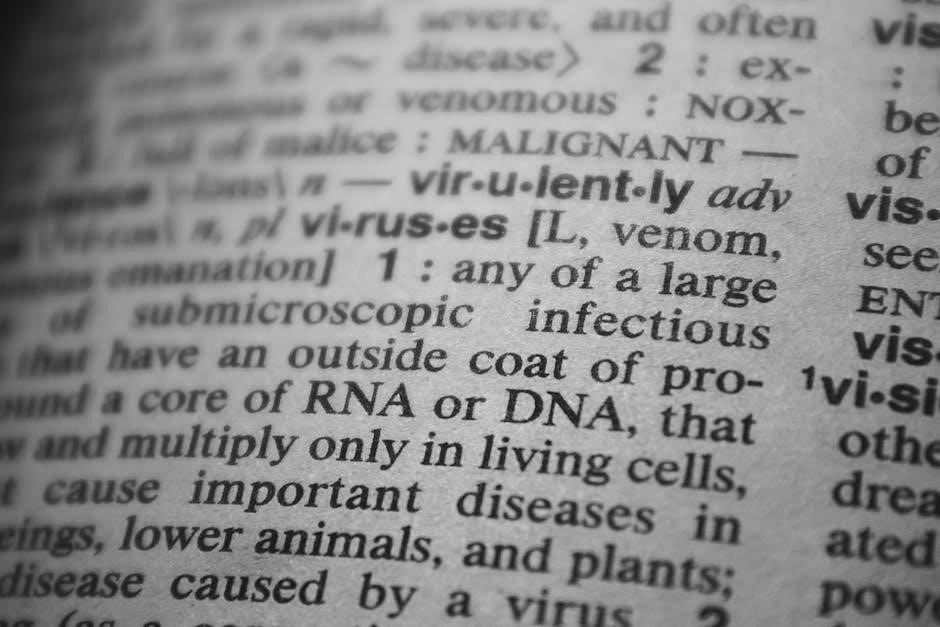Sexuality education begins with accurate information, recognizing children explore their bodies, and involves multiple sources, including parents, teachers, and social workers, to provide support and guidance, using approaches effectively always.
Importance of Accurate Information
Accurate information is crucial in sexuality education as it helps to correct misperceptions and provide young people with a clear understanding of their sexuality and sexual health. The World Health Organization recognizes that children start to explore their bodies at a relatively early age, and it is essential to provide them with accurate and up-to-date information. This information should be appropriate to their stage of development and should not shame or stigmatize them. Providing accurate information can help to promote healthy behaviors and reduce the risk of sexual and reproductive health problems. It is also important to involve multiple sources, including parents, teachers, and healthcare providers, to ensure that young people receive consistent and accurate information. By providing accurate information, we can help young people to make informed decisions about their sexual health and well-being, and to develop healthy and positive relationships. This approach can help to promote a culture of respect, inclusivity, and openness, where young people feel comfortable seeking help and advice when they need it.

Understanding Masturbation in Young People
Children explore their bodies through sight and touch, recognizing this as a natural part of development, using
observation
to inform guidance and support always effectively.
Correcting Misperceptions and Providing Guidance
Correcting misperceptions about masturbation is crucial in providing guidance to young people. This involves addressing common myths and misconceptions, such as the idea that masturbation is harmful to health. By providing accurate and up-to-date information, educators and caregivers can help young people make informed decisions about their sexual health. Using a supportive and non-judgmental approach, guidance can be provided to help young people understand the importance of respecting their own bodies and the bodies of others. This can involve teaching young people about consent, boundaries, and healthy relationships. Additionally, guidance can be provided on how to manage feelings and emotions related to masturbation, such as shame or guilt. By correcting misperceptions and providing guidance, young people can develop a positive and healthy understanding of their sexuality. This can involve working with multiple sources, including parents, teachers, and healthcare providers, to provide comprehensive support and guidance. Effective guidance can have a lasting impact on a young person’s sexual health and wellbeing.

Roles in Teaching Sexuality and Sexual Health
Multiple sources, including parents, teachers, and social workers, play a role in teaching sexuality and sexual health, providing support and guidance effectively always using various approaches.
Multiple Sources of Education and Support
Sexuality education can be provided from multiple sources, including parents, teachers, and social workers, to ensure young people have access to accurate information and support. This approach helps build critical skills and provides a comprehensive understanding of sexuality and sexual health.
Trained social workers and counsellors can also provide education and support outside of school, helping to address specific needs and concerns; Additionally, online resources and community programs can offer further guidance and information, supplementing the education provided by parents and teachers.
By involving multiple sources, young people can receive consistent and accurate information, helping to correct misperceptions and promote healthy attitudes towards sexuality and sexual health. This approach also recognizes the importance of family, community, and social support in shaping young people’s understanding of themselves and their relationships.
Overall, multiple sources of education and support are essential in providing young people with the knowledge and skills they need to navigate their sexuality and sexual health effectively.

Approaching the Topic of Masturbation
Using social stories to facilitate conversations about masturbation helps parents and educators approach the topic in a sensitive and informative manner always with
carefully.
Using Social Stories to Facilitate Conversations
Social stories are a helpful tool for facilitating conversations about sensitive topics, including masturbation, with students who may have questions or concerns.
These stories can be used to provide accurate information and address any misperceptions or myths that students may have.
By using social stories, educators and parents can create a safe and supportive environment for students to discuss their feelings and ask questions.
This approach can help students develop a positive and healthy understanding of their bodies and sexuality.
Social stories can also be tailored to meet the individual needs of students, taking into account their age, developmental stage, and any special needs they may have.
Overall, using social stories to facilitate conversations about masturbation can be an effective way to promote healthy attitudes and behaviors among students.
This approach can help students feel more comfortable and confident in discussing their bodies and sexuality, and can provide them with the information and support they need to make informed decisions.
By using social stories in this way, educators and parents can play an important role in promoting the sexual health and well-being of their students.

Teaching Students About Masturbation
Teachers provide accurate information, correcting misperceptions, and promoting healthy attitudes towards masturbation, using
various
educational approaches and strategies effectively always in school settings with students.
Addressing the Topic in a School Setting
Schools play a crucial role in providing sexuality education, including addressing the topic of masturbation in a safe and supportive environment. Teachers can use various educational approaches and strategies to promote healthy attitudes and provide accurate information.
Using social stories and other educational materials, teachers can help students understand the concept of masturbation and its relation to their overall health and wellbeing.
It is essential for teachers to be well-equipped with the necessary knowledge and skills to address the topic effectively, creating a positive and inclusive learning environment for all students.
By addressing the topic of masturbation in a school setting, teachers can help students develop a positive and healthy understanding of their bodies and relationships, ultimately promoting their overall wellbeing and development.
This approach can also help to reduce stigma and misconceptions surrounding masturbation, promoting a culture of openness and respect in the school community.
and Recommendations
Recommendations for educators and caregivers include using social stories and other educational materials to address the topic of masturbation in a safe and supportive environment.
It is essential to recognize the importance of multiple sources of education and support, including parents, teachers, and social workers, in providing young people with the knowledge and skills they need to make informed decisions about their health and wellbeing.
By working together, we can promote a culture of openness and respect, reducing stigma and misconceptions surrounding masturbation and other aspects of sexuality.
Ultimately, the goal of sexuality education is to empower young people with the knowledge, skills, and confidence they need to make healthy choices and develop positive relationships, and by following these recommendations, we can help achieve this goal.
This approach can have a lasting impact on the lives of young people, promoting their overall wellbeing and development.
